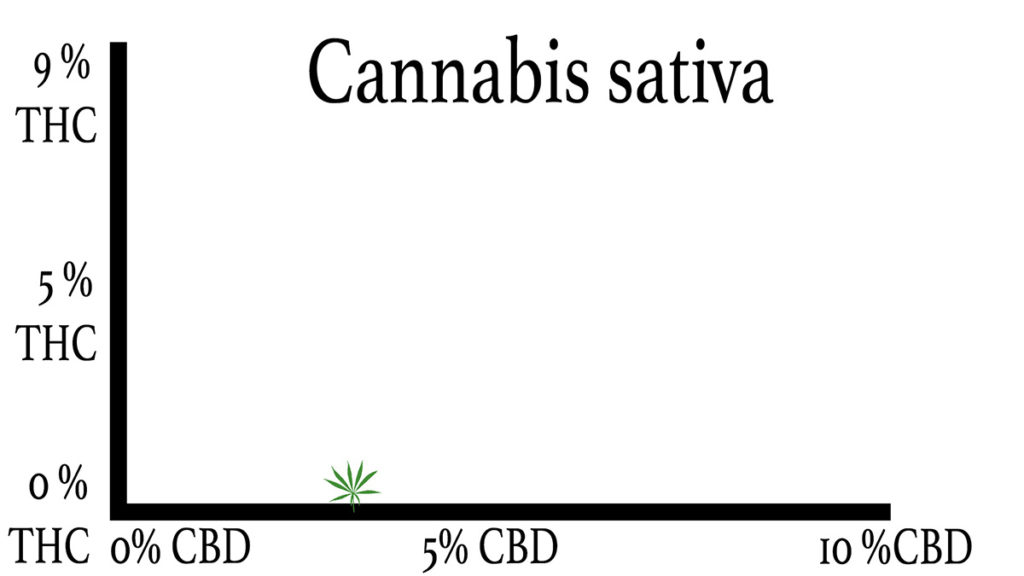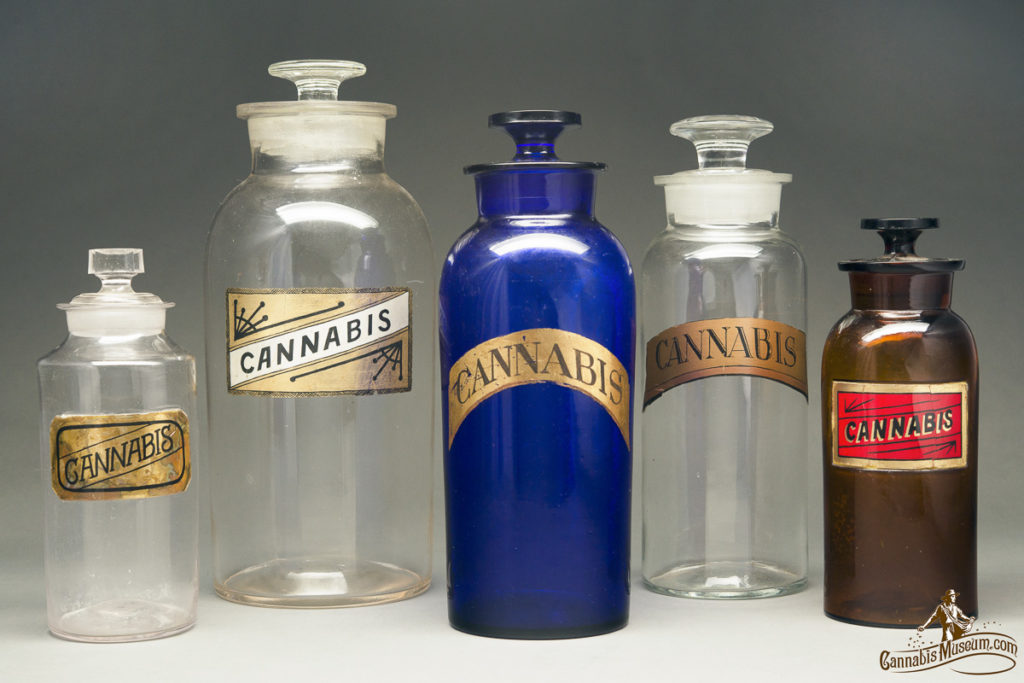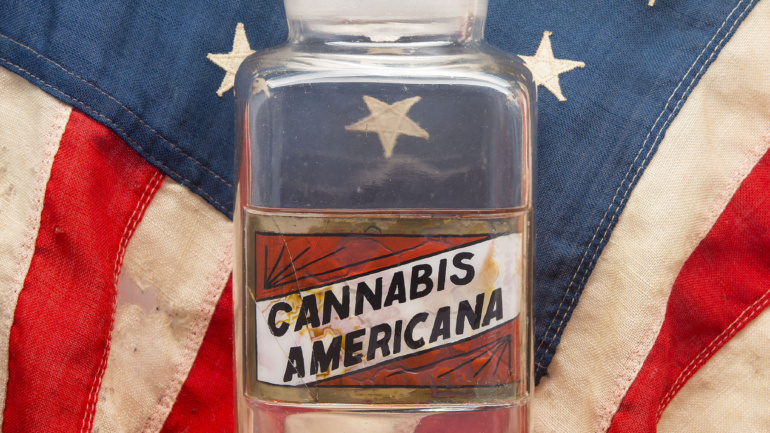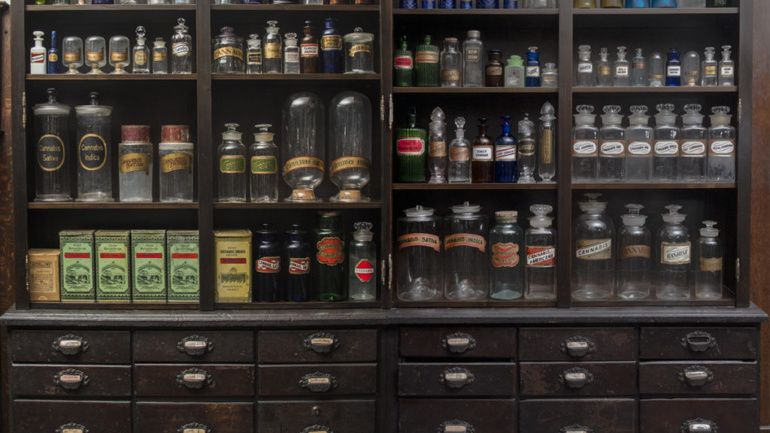Cannabis as a Compounding Herb
Herbal cannabis was used in many early medicine recipes, often as a filler. Cannabis was used for making tinctures and infusions. Cannabis was used internally for menstrual pains, headaches, arthritis, and as a sleep aid. Externally it was used in corn cures, liniments, balms, salves and poultices. Hemp was prized for its deep green color for dyes. It was considered inexpensive and a good daft, or filler, for other products.
All these early uses were done with what Linneas identified as Cannabis sativa. The plants did not contain appreciable quantities of tetrahydrocannabinol (THC), the psychoactive principal in marijuana. Instead, these varieties produced quantities of cannabidiol (CBD), a related compound with different medical effects.
If you looked at these plants on a graph comparing THC levels with CBD levels you would find these sativa plants near the bottom axis.

Relative levels of CBD and THC in early American Cannabis sativa



